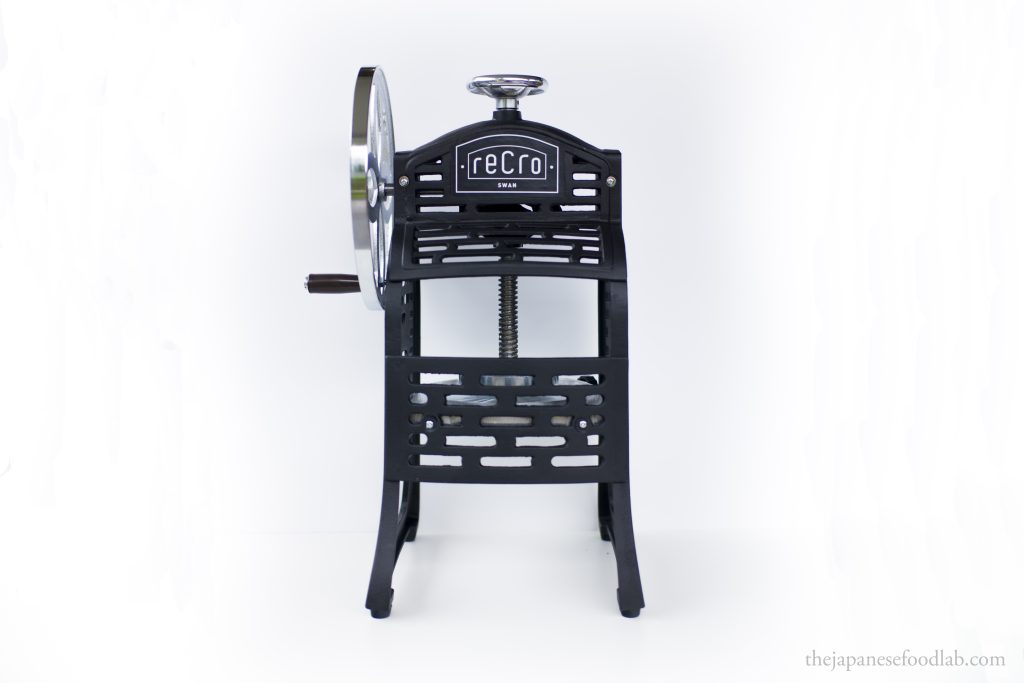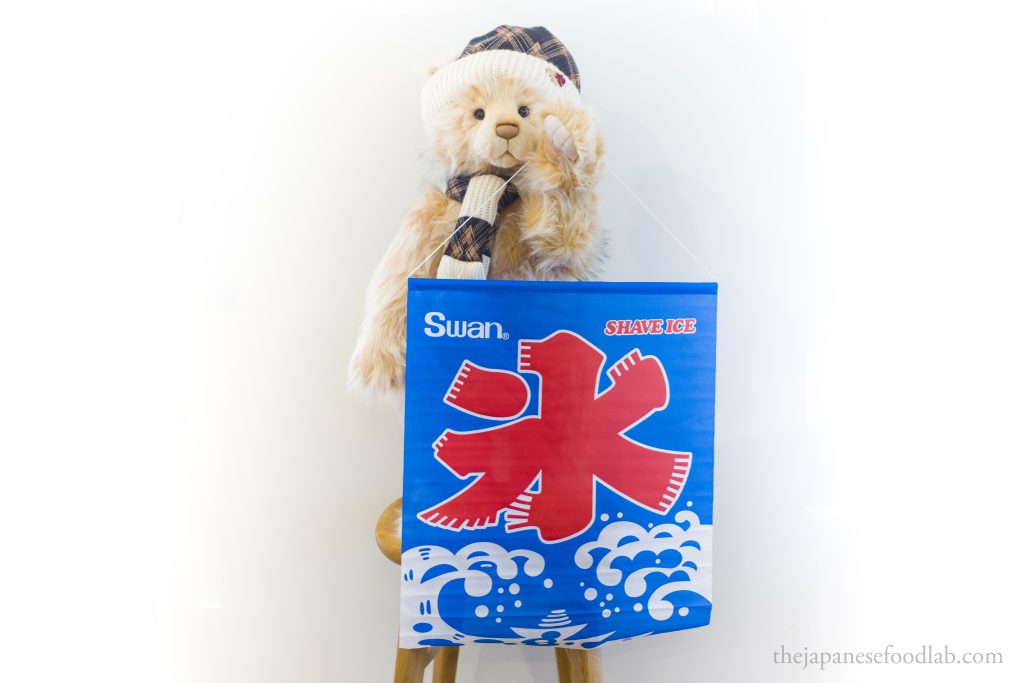
It’s been many years since the English speaking world has become infatuated with Japanese food. From high end Michelin starred sushi counters in New York, all the way to takeaway katsu curry found all over London; From the pillowy cheesecake trend, to the cult ramen shops run by home-grown enthusiasts. This love has stemmed from a profound appreciation for the artistry, precision, and unparalleled dedication to culinary craftsmanship deeply embedded in Japanese cuisine that encompasses visual aesthetics, seasonal ingredients, and meticulous techniques.
When one thinks of shaved ice, they immediately think back to hot summer days and festivals where you’d queue up for a bowl of shaved ice covered with syrup. The syrup would always be a vibrantly bright color, with an artificial taste that didn’t remind you of any particular fruit but could only be described as fruity. The texture of the shaved ice, delicate as snowflakes, would melt upon contact with your tongue, delivering a rush of icy refreshment that provided sweet relief from the sweltering heat. Each spoonful was a symphony of contrasts – the crisp, airy ice mingling with the syrup’s sugary sweetness, creating a cooling sensation that danced on your taste buds. It was a nostalgic ritual, a momentary escape into a world of pure, simple pleasures.
So of course, when one thinks of culinary craftsmanship, what immediately comes to mind is chefs who have spent years mastering one aspect of Japanese cuisine, be it tempura, sushi, yakitori, tonkatsu. Your simple shaved ice is easily overlooked. However, dig a little deeper and you’ll find a revolution taking place. Tucked away into discrete places, a craft is being born with experimentation and creativity flowing at full force. Kakigori embodies a different kind of craftsmanship, one that harmonizes simplicity with complexity, elevating an everyday treat to a work of culinary art.
Behind the creation of a perfect Kakigori lies a symphony of details. It begins with the selection and sourcing of ice, transformed into delicate, feathery flakes through precise shaving techniques. The texture isn’t mere happenstance but a result of skillful hands and a keen understanding of temperature and water chemistry.
The syrups and jams, often made from teas or seasonal fruits, place emphasis on fresh, high-quality ingredients. It’s a fusion of flavors that demands expertise, a balance that preserves the essence of the fruit while enhancing it with subtle undertones.
Then there’s the assembly, an art form in itself. Layer upon layer, the ice is carefully stacked, each addition bringing its own unique flavor profile, ensuring that every bite offers a nuanced taste and textural experience. From the first spoonful to the last, Kakigori is a testament to patience, precision, and an unwavering commitment to perfection.

In the world of Japanese food, Kakigori is akin to the ramen of the desert world, deceptively simple at first glance, yet its mastery requires a level of dedication and finesse that parallels the most revered dishes. From weird and wacky flavor combinations all the way to borderline crazy yet genius flavor combinations, the possibility of what kakigori can become is only just beginning to be explored.
In this series of articles, we delve into the many different aspects of kakigori creation. From the freezing and selection of ice, to the development of syrups and toppings. The recipes presented below take inspiration from famous places in Japan. As always, they are not exact recipes but our take on them.
As with all series on this website, these articles are a work in progress and will be updated as new information arises. Titles that do not have a hyperlink are in the process of writing yet.